A disabled Chinese space station could crash into America on April 1. Seriously.


China's Tiangong-1 space station, launched in 2011, is falling to Earth, and the European Space Agency estimates it will crash and burn between March 31 and April 2, though the April 1 disintegration date is "highly variable." Tiangong-1 ("Heavenly Palace-1") hosted two crews of Chinese astronauts, or taikonauts, in 2012 and 2013, but it has actually been orbiting out of control since at least June 2016. Whenever it finally enters the atmosphere, "most of it, though not all, should burn up during the fiery re-entry," NPR's Nell Greenfieldboyce says. For the parts that don't, "the possible impact zone covers about two-thirds of the globe, including a lot of the continental United States."
In its animated simulation of the crash, USA Today says that debris from Tiangong-1 could fall anywhere from Oregon to Connecticut, though the odds of anyone being injured by falling metal is incredibly small.
When America's first space station, Skylab, fell to Earth in 1979, NPR recalls, it was "an international media event," but even though Skylab was twice as long and wide as the school bus–sized Tiangong-1 and 10 times as heavy, its debris that scattered across Western Australia did not cause any injuries.
The Week
Escape your echo chamber. Get the facts behind the news, plus analysis from multiple perspectives.

Sign up for The Week's Free Newsletters
From our morning news briefing to a weekly Good News Newsletter, get the best of The Week delivered directly to your inbox.
From our morning news briefing to a weekly Good News Newsletter, get the best of The Week delivered directly to your inbox.
A free daily email with the biggest news stories of the day – and the best features from TheWeek.com
Peter has worked as a news and culture writer and editor at The Week since the site's launch in 2008. He covers politics, world affairs, religion and cultural currents. His journalism career began as a copy editor at a financial newswire and has included editorial positions at The New York Times Magazine, Facts on File, and Oregon State University.
-
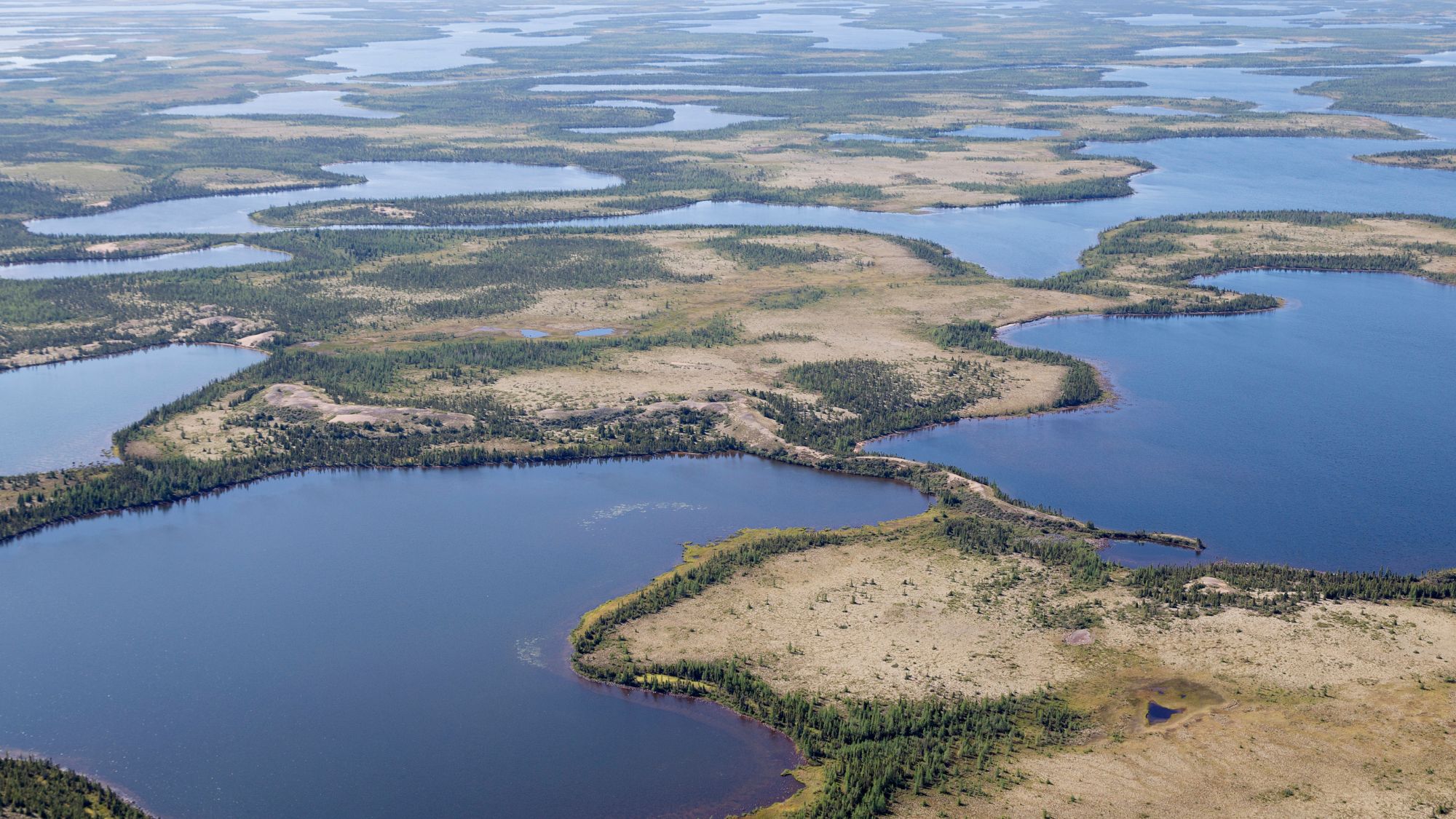 Heavenly spectacle in the wilds of Canada
Heavenly spectacle in the wilds of CanadaThe Week Recommends ‘Mind-bending’ outpost for spotting animals – and the northern lights
-
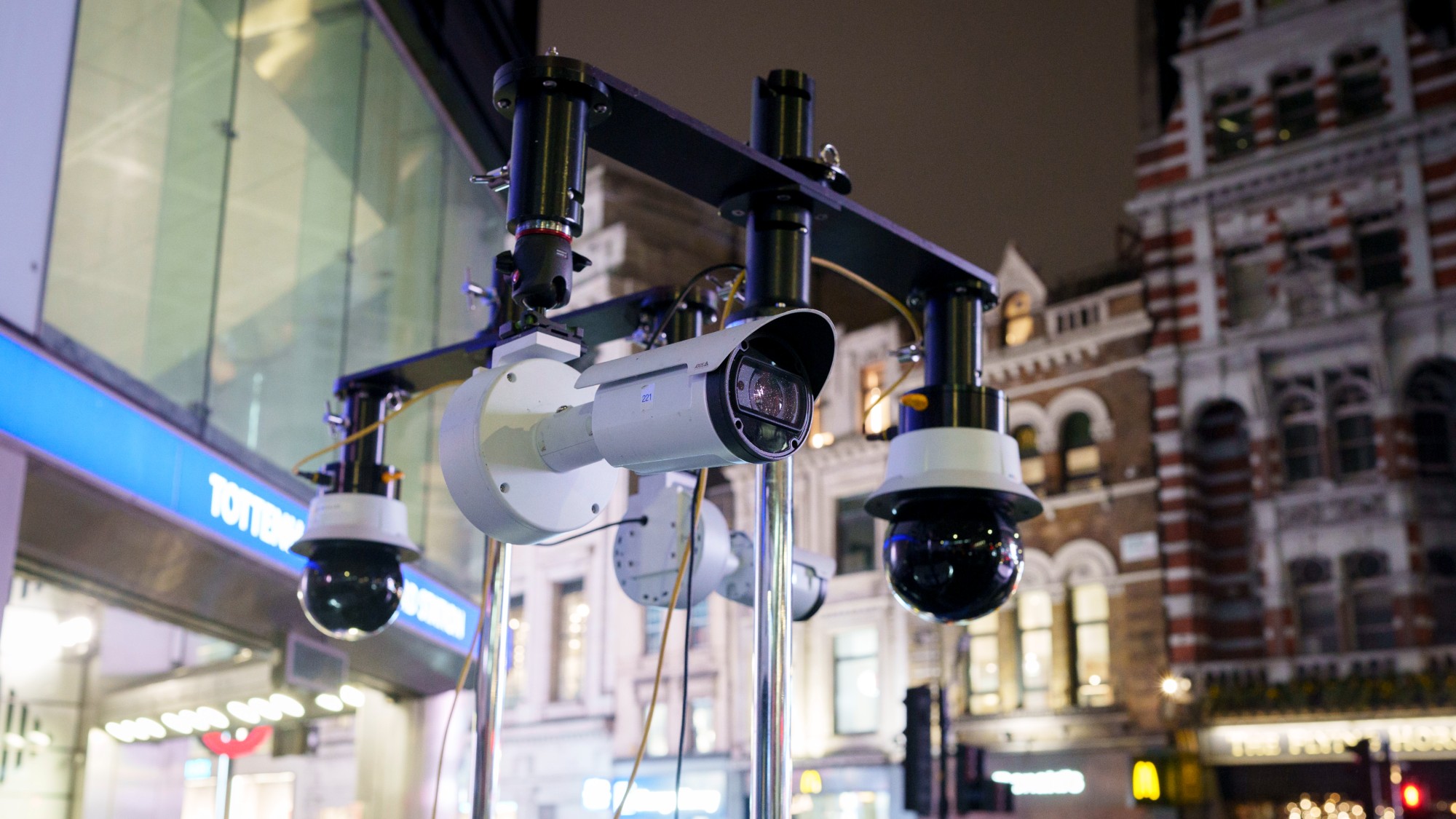 Facial recognition: a revolution in policing
Facial recognition: a revolution in policingTalking Point All 43 police forces in England and Wales are set to be granted access, with those against calling for increasing safeguards on the technology
-
 Sudoku hard: December 14, 2025
Sudoku hard: December 14, 2025The daily hard sudoku puzzle from The Week
-
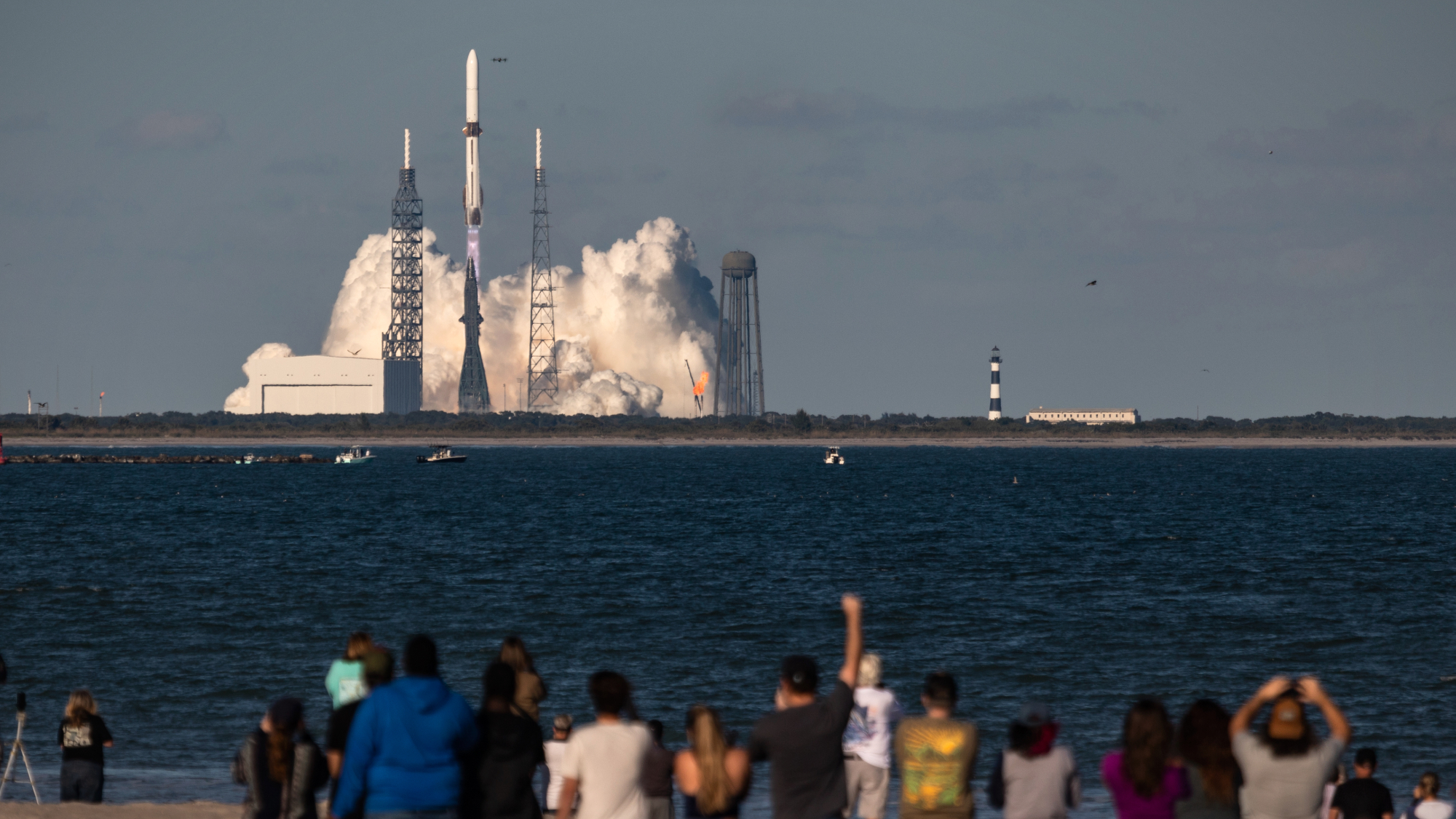 Blue Origin launches Mars probes in NASA debut
Blue Origin launches Mars probes in NASA debutSpeed Read The New Glenn rocket is carrying small twin spacecraft toward Mars as part of NASA’s Escapade mission
-
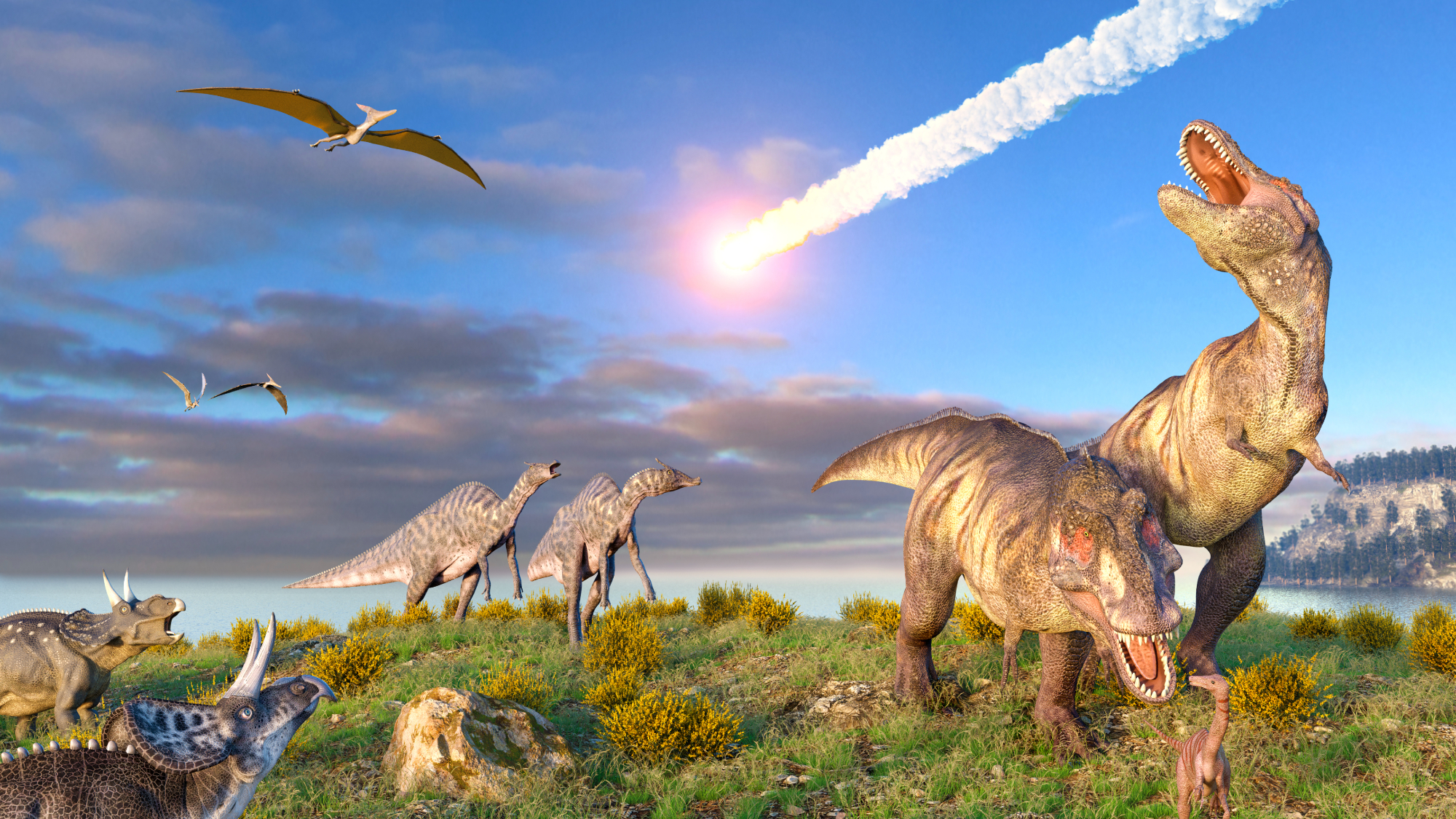 Dinosaurs were thriving before asteroid, study finds
Dinosaurs were thriving before asteroid, study findsSpeed Read The dinosaurs would not have gone extinct if not for the asteroid
-
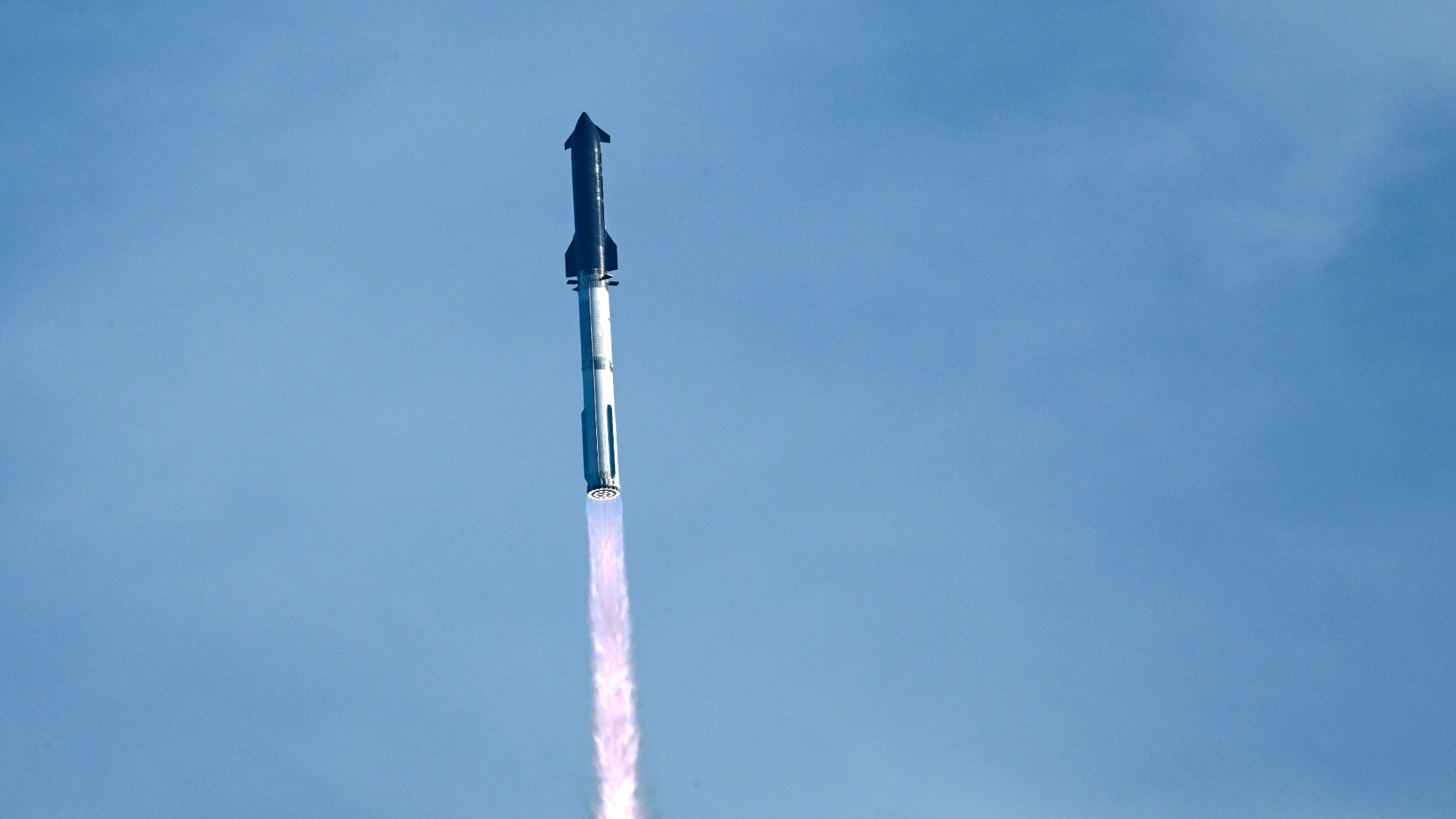 SpaceX breaks Starship losing streak in 10th test
SpaceX breaks Starship losing streak in 10th testspeed read The Starship rocket's test flight was largely successful, deploying eight dummy satellites during its hour in space
-
 Rabbits with 'horns' sighted across Colorado
Rabbits with 'horns' sighted across Coloradospeed read These creatures are infected with the 'mostly harmless' Shope papilloma virus
-
 Lithium shows promise in Alzheimer's study
Lithium shows promise in Alzheimer's studySpeed Read Potential new treatments could use small amounts of the common metal
-
 Scientists discover cause of massive sea star die-off
Scientists discover cause of massive sea star die-offSpeed Read A bacteria related to cholera has been found responsible for the deaths of more than 5 billion sea stars
-
 'Thriving' ecosystem found 30,000 feet undersea
'Thriving' ecosystem found 30,000 feet underseaSpeed Read Researchers discovered communities of creatures living in frigid, pitch-black waters under high pressure
-
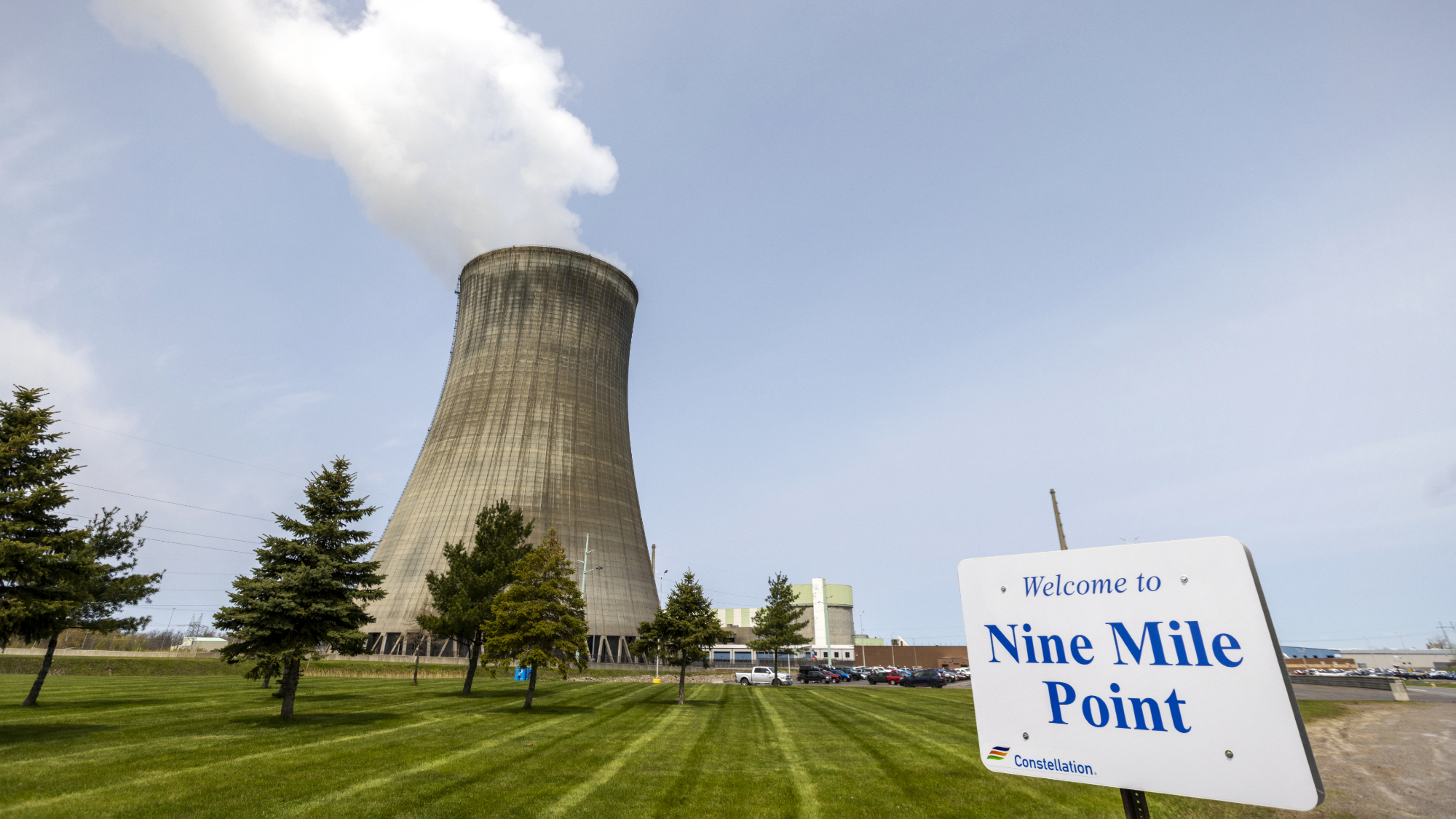 New York plans first nuclear plant in 36 years
New York plans first nuclear plant in 36 yearsSpeed Read The plant, to be constructed somewhere in upstate New York, will produce enough energy to power a million homes
